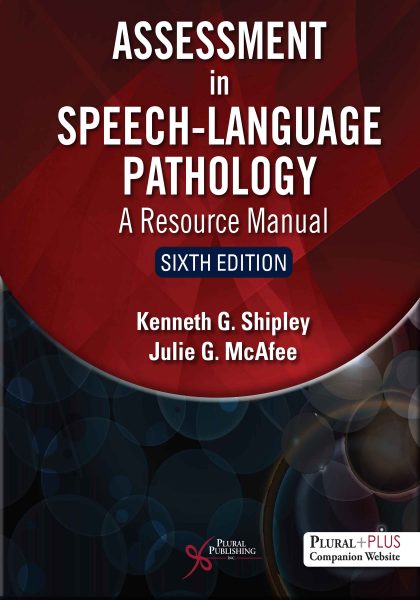About The Book

Tele-AAC: Augmentative and Alternative Communication Through Telepractice is the first comprehensive resource guide to Tele-AAC. Tele-AAC is the use of telepractice specifically for providing services to individuals using augmentative and alternative communication (AAC). This text establishes Tele-AAC as a new service delivery model and promotes safe, efficacious, evidence-based, and ethical telepractice for individuals who need AAC systems. The goal is to provide readers with fundamental information about policy and service delivery of AAC services via telepractice to enable clinical practice.
The text details the specific technical components unique to Tele-AAC service delivery, and how the technology, personnel, and service delivery practices may vary across settings and populations. It offers didactic and case-based content for speech-language pathologists across all levels, from introductory to advanced. Chapters are included that clarify and define the term Tele-AAC, highlight the procedures used while providing assessment and intervention via Tele-AAC, identify ethical and cultural considerations while providing Tele-AAC, and demonstrate its application in a variety of settings.
The content has been enriched by the input and knowledge offered by leaders from both telepractice and AAC disciplines, and offers readers the right combination of foundational information and principles to help form a base of understanding for practitioners engaging in Tele-AAC. The field of Tele-AAC is evolving and will transform as the technology changes and advances. This text provides a threshold of understanding from which the field and practitioners can grow.
From the Foreword
“…Tele-AAC: Augmentative and Alternative Communication Through Telepractice promises to provide such information and solutions to the dilemma of providing consistent practices and services. Leaders and contributors in the field of telepractice and tele-AAC provided their expertise while contributing to this book. Chapters that clarify and define the terms tele-AAC, highlight the procedures used while providing assessment and intervention via tele-AAC, identify ethical and cultural considerations while providing tele-AAC, and demonstrate its application in a variety of settings will help to guide the speech-language pathologist to determining solutions while using tele-AAC. In closing, to move both fields (telepractice and AAC) forward, we need to combine aspects of both and develop consistent and dependable procedures as highlighted in this book on tele-AAC.”
—Meher H. Banajee, PhD, CCC-SLP, Associate Professor and Program Director Communication Disorders Department, Louisiana State University Health Sciences Center





Reviews
There are no reviews yet.